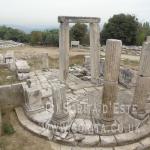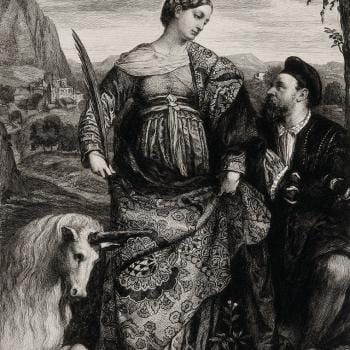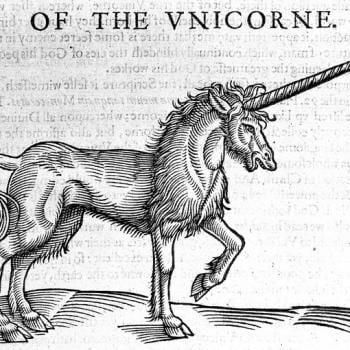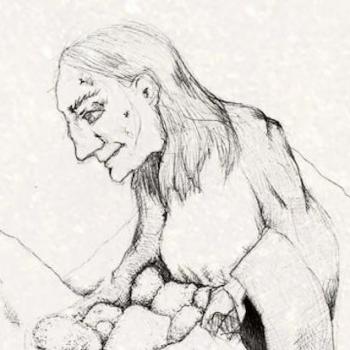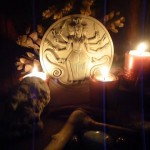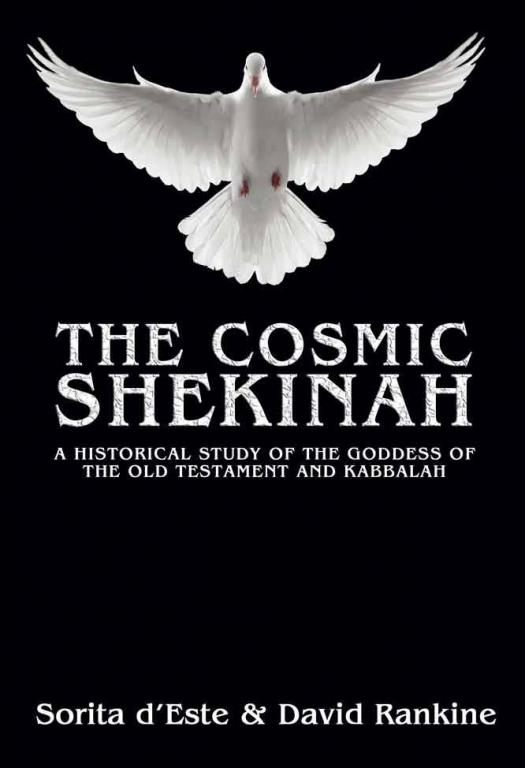
This is an extract from the book The Cosmic Shekinah, which I co-authored with David Rankine (2010). I am sharing it here as an example of how cultures influenced each other, and how deities evolved and changed, stayed the same and continued throughout the ages. This is only tiny example, but hopefully an interesting one!
From the Chapter: Behind the Veils
“Her ways are ways of pleasantness,
and all her paths are peace.
She is a tree of life to those who lay hold of her;
those who hold her fast are called happy.”
~ Proverbs 3:17-18, C3rd BCE
Through considering the religions which influenced and were influenced by the development of Judaism and the Kabbalah we find not only the origins of the Shekinah, but also her subsequent manifestations. Millennia before the rise of the Shekinah, we see the earliest association between wisdom and feminine divinity in the form of Inanna, the Sumerian goddess of love and war. In the myths of Sumer, southern Mesopotamia, amongst the world’s first civilizations, it is Inanna who was said to have given civilization to mankind.
The Sumerian civilization was subsequently replaced by the Akkadians, Babylonians and Assyrians through conquest and cultural assimilation. A result of this process was the renaming of deities as cosmologies were syncretised and transformed through religious cross-fertilisation. The first dynasties of Ancient Egypt were contemporary with the civilization of Sumer. While Sumer underwent transformations through conquest and decline, the Egyptians continued to develop many of the inventions of the Sumerians, such as agriculture and writing.
In Egypt, as in Sumer, we see the feminine divine being associated with wisdom, in the form of the Egyptian goddess of truth and cosmic harmony Ma’at, whose name means ‘truth’. The primary symbol of Ma’at was the feather, which she was depicted wearing on her head. Through Ma’at’s feather we see wisdom being linked with airy concepts at a very early time, a syncretisation which would also be expressed very clearly later with the Shekinah.
These two great civilizations of ancient Egypt and Sumer with her successors significantly influenced the development of the Canaanites, who occupied the area which is roughly Israel, Lebanon and Palestine, as well as parts of the surrounding areas, today. As these civilizations influenced Canaan, so too did qualities of their gods become expressed as part of the Canaanite pantheon. The attributes of their mother goddess Asherah became conflated with some of the characteristics previously associated with both the Sumerian goddess Inanna and the Egyptian goddess Isis-Ma’at.
However we should also keep in mind that cross-fertilization is usually a two-way process. The Canaanite goddess Asherah was also imported back to Egypt and linked with the erotic Egyptian goddess Qudshu, as well as with the Syrian love and war goddess Astarte. From here other manifestations of the feminine divine would also occur, with the Syrian goddess Astarte giving rise to the Cyprian love goddess Aphrodite.
Further reading: The Cosmic Shekinah, d’Este & Rankine

